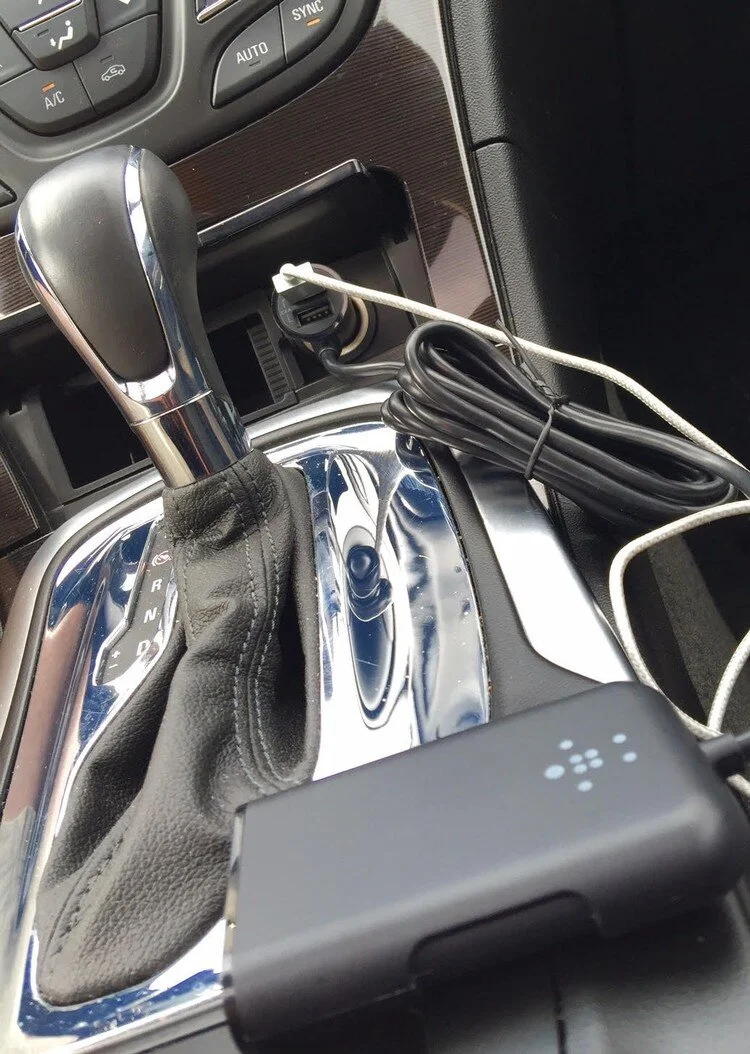Why Is Good Marketing So Dang Difficult? ~via @GoodXChange
Packing a Pack for #OperationBackpackNYC Teaches Some Valuable Lessons About Creating More Efficient Marketing
Good Marketing, our euphemism for Cause Marketing or Corporate Social Responsibility Marketing at Goodxchange, is perhaps the least efficient part of the overall marketing mix for most marketers. This is due to a couple factors including lack of measurable ROI and the fact that very often, Good Marketing gets a pass because of the simple fact that “doing good” is enough reason in itself. This is highly problematic because this leaves Good Marketing investments stuck at a constant level primarily due to the fact that most business leaders don’t believe that it drives business results.
When it comes to Good Marketing, there is a disconnect in what people report and actual behavior. Most consumers when asked say that they are more likely to support a brand that is associated with a cause (89%)but only 54% of consumers actually do. In fact, there is a huge gap between intentions and actions as this Cone Communications study reported by Bulldog Reporter shows:
84% would tell friends and family about corporate good marketing, less than half of that figure actually have (38%)
88% of Americans say they would buy a product with social benefit, while 54% report doing so
79% would donate if given the opportunity, 65% have done so in the past year
76% would volunteer, however 42% report volunteering (p12m)
This “action gap” isn’t lost on Good Marketers and they seek to simplify tactics to make participation as easy as possible. One response to low engagement has been to employ tactics like Point of Sale (POS)programs to catch consumers where they are. While undeniably effective in terms of raising funds (POS programs raised $358MM in 2012), do they actually get consumers engaged in problems or are they simply cash register shakedowns that deplete brand warmth for both causes and retailers? The problem still exists that despite the considerable amounts money raised, little is done to actually engage consumers in solving problems at a deeper level.
Mary Elizabeth Fills a Cart to Help a Child in Need
As one of our core values at GoodXchange, we “eat the dog food”, by getting directly involved in the Good Marketing asks to fully understand how involved and engaging each activity is. We combine these learnings with our proprietary Good Marketing Brand Warmth Index to create a baseline of Good Related brand warmth and identify key engagement drivers and relevant conversations. With this understanding, we can create activation programming to build overall program awareness, engagement and ultimately action among specific target audiences. By establishing a base view, we create a definable ROI for future Good Marketing efforts.
For #OperationBackpackNYC, our team visited a local Walgreens to shop for three backpacks for kids in need in our area. As we began to shop, we were confronted with some difficult questions. Since school had just let out recently, what would a kid need now? School supplies aren’t really needed during the summer and many students face food insecurity during summer breaks. We also needed to think about the age and life stage of the child we’re seeking to help. Our perspective was driven by a recent article in the about Public School 188 in New York City where half of the students are homeless. The challenges for some students go far beyond school supplies, the simple basics of life get in the way of educating and even attending. We had considered discussions about what would help kid in need over the summer and found the process to be more challenging that we imagined.
Key Learning: Building a backpack while seemingly simple, is a big ask. Simplifying the process through lists, instructions and content examples will help greatly.
#OperationBackpackNYC Backpack Building at Walgreens
Next, we tested building a Good Exchange to support #OperationBackpack. Using awareness as our primary goal (our initial brand warmth baseline showed low awareness and engagement indexes). Good Exchanges are designed to engage shoppers to take micro-actions to support causes they care about. Working with NYC lifestyle influencer Michael Dabbraccio of The Camp0ut, an original story of backpack building from Walgreen’s banner Duane Reade. Mike’s story not only brings the effort to life but it also creates highly engaging and sharable content for digital distribution. Media from ‘people like me’ almost always outperforms branded content in terms of organic reach and engagement. Additionally, Facebook’s recent algorithm changes favor content from friends and family in the newsfeed so this type of content is more likely to draw engagement and ultimately brand warmth due to the connectivity of the audience.
All of this work helps understand how do we move people beyond armchair activism to take action and helps inform our process for building scaled activation programming with predictable results. Long term engagement depends on growing overall good related brand warmth. Sure, donations are nice, but to really solve some of the large challenges facing our society today, we have to move beyond likes and giving to larger advocacy and action, especially among those with real passion for specific causes. Understanding the complexity of the ask combined with the engagement of specific audiences helps to drive greater levels of participation and ultimately impact for causes of all types in order to do more good!
Originally published at medium.com by John Andrews on July 22, 2016.




